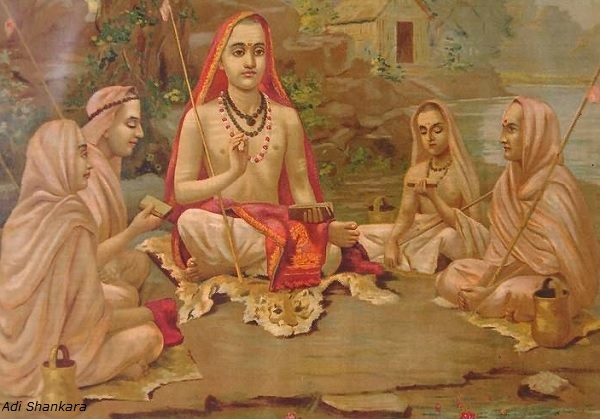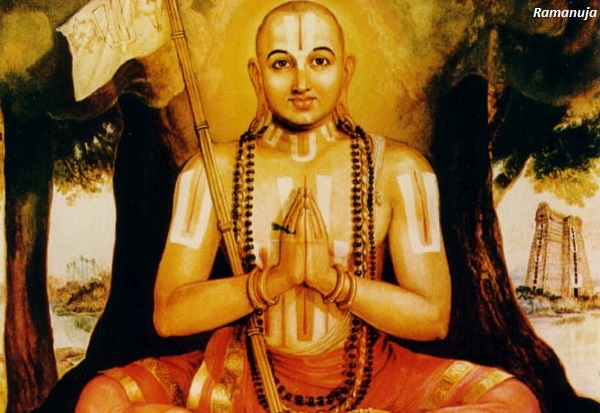
- Ancient Indian History - Home
- Study of Indian History
- Writing of Ancient Indian History
- Imperialist Historiography
- Historiography Nationalist Approach
- Marxist School of History
- Sources of Ancient Indian History
- Archaeological Sources
- Geographical Background
- Geography in Ancient Literature
- Stone Age Cultures
- Mesolithic Culture
- The Neolithic Age
- Chalcolithic Period of India
- Chalcolithic Culture In India
- Harappan Civilization
- Harappan Town Planning
- Harappan Crafts & Industries
- Harappan Culture
- Harappan Religion
- Harappan Chronology
- Vedic Civilization
- Vedic Society
- Vedic Politics
- Vedic Religion & Philosophy
- The Aryan Invasion
- Later Vedic Age
- Social System after Vedic Age
- Achievements of Indian Philosophy
- Evolution of Jainism
- Evolution of Buddhism
- Alexander’s Campaign in India
- Maurya Dynasty
- Kalinga War & its Impact
- Society & Economy during Mauryas
- Mauryan Governance
- Early History of South India
- Age of Smaller Dynasties
- Literature of Satavahana Period
- Society of Satavahana Period
- Economy of Satavahana Period
- Technology of Satavahana Period
- Chola Dynasty
- Pandya Dynasty
- Chera Dynasty
- Period of Foreign Invaders
- Gupta Period
- Decline of Guptas
- Governance of Gupta Period
- Literature of Gupta Period
- Economy in Gupta Period
- Science & Tech of Gupta Period
- India after the Gupta Period
- Period of Harsha
- South India during the Harsha Period
- Kadamba Dynasty
- History of Kamarupa
- India after Harsha
- Gurjara Pratiharas
- Palas of Bengal
- Rashtrakutas of Deccan
- Literature after the Harsha Period
- Society after the Harsha Period
- Economy after the Harsha Period
- Religion after the Harsha Period
- References & Disclaimer
Religion after the Harsha Period
The fundamental features of religion characterized during the previous period continued during this period.
Buddhism and Jainism developed some similarity with Saivism and Vaishnavism on theistic tendencies.
Buddhism witnessed depravity of pure Hinayana and Mahayana Buddhism during this period
Buddha's teachings, which were earlier free from rituals gradually gave way to new ethical and devotional attitude in which Buddha had begun to be worshiped as a god.
This worship became more elaborate with devotional songs accompanied by rites and ceremonies.
Vajrayana Buddhism (the vehicle of thunderbolt) shows the influence of Tantric ideas on Buddhism.
Kanchi was the great center of Buddhism in south India.
The Chola kings also gave donations to Buddhists.
-
During this period, Buddhism began to decline because −
It did not get the royal patronage;
Attacks on monasteries and killing of monks resulted in migration of Buddhists from eastern India; and
The coming of Islam
Jainism gained popularity among the trading classes in north and west India.
It received extensive royal patronage in south India.
It was honored by the Gangas, Chalukyas, and by Rastrakuta rulers in the Deccan.
Jain doctrines of the four gifts (learning, food, medicine, and shelter) helped to make Jainism popular among the people.
Hinduism became popular in the forms of Saivism and Vaishnavism.
In Vaishnavism, the incarnation of Vishnu became more popular. The most popular incarnation was Krishna.
Krishna and Radha were worshiped and their love was interpreted as attachment of the human soul for the universal soul.
Alvars, in the south, represented the emotional side of Tamilian Vaishnavism.
Acharyas represented the intellectual and philosophical sides of Vaishnavism.
Saivism attained a dominant position in the society. The main principles remained the same, though there were local variations and consequent doctrinal differences.
The bhakti movement became popular during the 9th and 10th century A.D.
The bhakti movement led by Nayanars (Saiva saint) and Alvars (Vaishnav saint) spread all over the country.
Lingayats or Virasaivas were another popular movement spread in south India during this time.
Tantricism
Tantricism had originated in the 6th century, but became popular from the 8th century onwards. It was very popular in north eastern India and Tibet. Some of its rituals came from the Tibetan practices.
Tantricism was open to all castes as well as to women. It is propagated that Tantricism is the simplification of the Vedic worships.
Tantric practice centered on prayers, mystical formulae, magical diagrams, and symbols and the worship of a particular deity.
Mother image was accorded great worship, as the life is created in the mother's womb. In this way, it is connected with the Sakti worships.
The guru had the highest place in Tantricism.
Philosophy after Harsha Period
Sankara was the greatest intellectuals and philosophers of this period. He was also known as Adi-Sankaracharya.

Sankara took birth in the family of Yajurvedin Brahman in Kerala around A.D. 788. His father Shivaguru died when he was only three years old.
At the early age of 8 years, Sankara chose an ascetic life. He studied at Kasi and he died at the early age of 32.
The philosophy of Sankara is known as Advaita meaning 'non-dual'. He believed that absolute reality is called Brahma is non-dual.
-
Sankara upheld the Vedas as the source of true knowledge and written many works, for example −
Brahmasutra-bhashya,
Commentaries on the Upanishads, and
Commentaries on Bhagavad-Gita
Sankara organized the ten branches of Advaita school of Saivism known as Dashanamis.
-
Sankara founded four mathas in the four corners of the country for the purpose of better interaction, namely −
Badrinath in the north;
Sharadapitha at Dvaravati (Dwaraka) in the west;
Govardhanamatha at Puri in the east; and
Shringeriinatha in the south
Each matha has presiding deities called Gotra.
Ramanuja, who was a Tamil Brahman, was a great philosopher and intellectual. He was born at Tirupati around A.D. 1017.

Ramanuja disagreed with Sankara on the idea of knowledge being the primary means of salvation. He assimilates Bhakti to the custom of Vedas.
Ramanuja tried to build a bridge between the bhakti and the knowledge of Vedas.